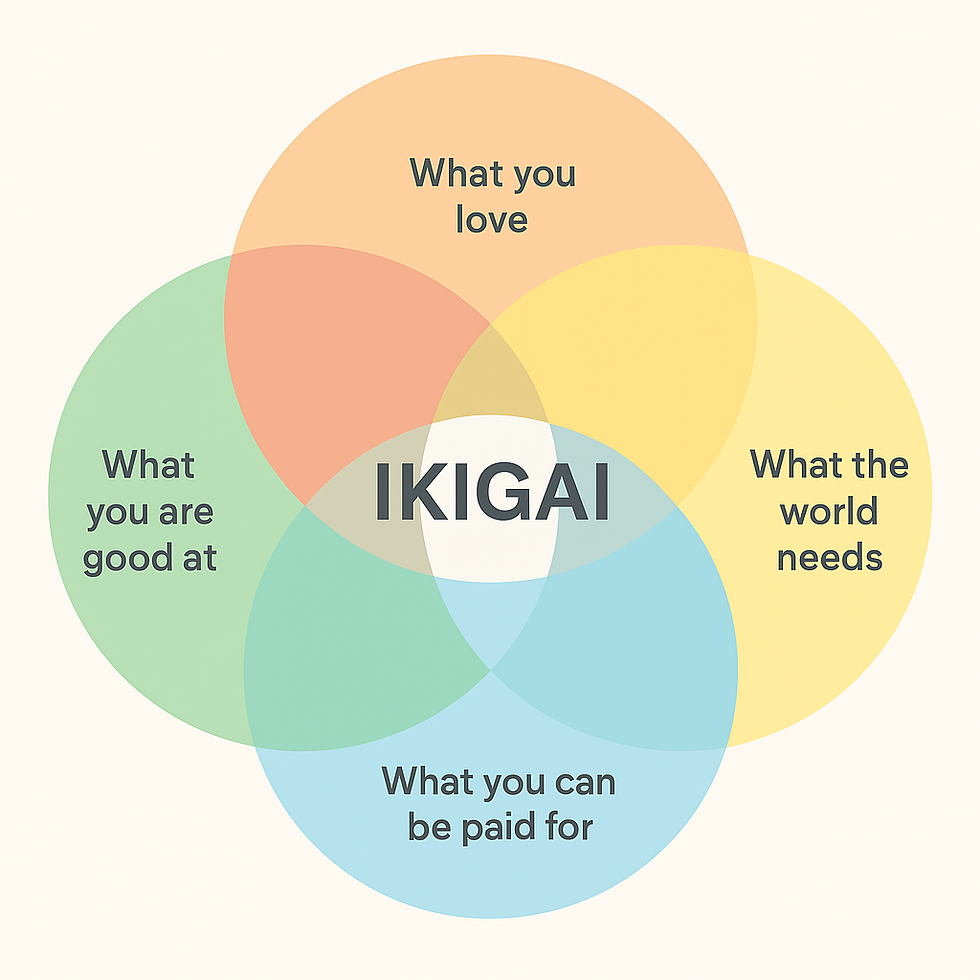US–India Trade Tensions: The Stalemate Over Agriculture, Dairy, and Indian Sovereignty
- Navaneet Ravi

- Aug 20
- 5 min read

US–India Trade Tensions: The Stalemate Over Agriculture, Dairy, and Indian Sovereignty
For UPSC aspirants and civil services candidates preparing with Indus IAS Academy, understanding the nuances of US-India trade relations is crucial for current affairs and international relations papers. This comprehensive analysis of the ongoing trade war covers essential topics including bilateral trade dynamics, agricultural policies, WTO compliance, and geopolitical implications that frequently appear in IAS exam questions. Indus IAS Academy's current affairs modules emphasize such contemporary issues that shape India's foreign policy and economic diplomacy, making this trade dispute a vital case study for UPSC preparation and competitive exam success.
The current US-India trade standoff represents more than a typical commercial dispute—it's a fundamental clash between American economic ambitions and Indian sovereignty principles. With President Trump imposing a staggering 50% tariff on Indian goods, this crisis threatens to reshape one of the world's most strategically important bilateral relationships.
Donald Trump and Narendra Modi shake hands during a formal meeting symbolizing U.S.-India diplomatic relations.
US-India bilateral trade statistics comparing growth between fiscal years 2023-24 and 2024-25
Trump's Tariff Offensive: From 10% to 50%
The tariff escalation began systematically in April 2025 with a 26% "reciprocal tariff" announcement, quickly followed by implementation of baseline tariffs. By August 2025, Trump had imposed an unprecedented 50% tariff—the highest rate levied on any US trading partner—ostensibly targeting India's Russian oil imports but actually pressuring broader agricultural market access.
Timeline showing the escalation of US tariffs on Indian goods throughout 2025
The US maintains a $45.7 billion trade deficit with India, growing 5.4% year-over-year. American complaints focus on India's protective tariffs ranging from 150% on alcoholic beverages to 100% on agricultural products like walnuts and raisins. The administration particularly objects to India's restrictions on genetically modified crops and dairy certification requirements.
India's Non-Negotiable Red Lines
Protecting 80 Million Farming Families
India's agricultural sector supports over 80 million people in dairy alone, with women comprising 70% of the workforce. Unlike consolidated American farming, India operates through millions of smallholder farms. The economic disparity is stark—American farmers receive over $61,000 annually in support while Indian farmers earn roughly $282 per year. Unrestricted imports of subsidized US agricultural products could devastate these rural livelihoods.
Indian dairy cows feeding in a well-structured, covered dairy farm illustrating India’s dairy sector and smallholder farming system.
Major Indian export sectors to the US showing values and market share at risk from tariffs
US–India Trade Tensions: The Stalemate Over Agriculture, Dairy, and Indian Sovereignty
The "Non-Veg Milk" Cultural Barrier
Perhaps the most insurmountable obstacle involves deeply rooted cultural and religious practices. India's dairy certification requirements ensure imported products come from cows not fed animal byproducts—standard practice in American operations but fundamentally conflicting with Indian dietary traditions and religious beliefs.
For hundreds of millions of Hindus, dairy products play essential roles in religious rituals. Accepting products from animals fed non-vegetarian substances would violate core spiritual beliefs, transforming this from a technical trade issue into a matter of cultural sovereignty.
GM Crops Resistance
India permits cultivation of only one GM crop—Bt cotton—while maintaining strict prohibitions on GM food crops. The resistance stems from potential contamination of traditional seed varieties, lack of segregation infrastructure, and concerns about compromising India's GM-free export image in

European markets.
Economic Warfare: Devastating Impact
The 50% tariffs threaten India's $86.51 billion in US exports, putting approximately 55% at immediate risk. Goldman Sachs has revised India's GDP growth projections downward by 0.1-0.2 percentage points, with potential reductions of 0.4-0.5 percentage points if tariffs persist.
Shipping containers stacked at an international cargo port, illustrating global trade logistics involved in US-India trade.
Labor-intensive sectors face the greatest exposure—textiles, gems and jewelry, leather goods, and marine products. The textile hub in Tiruppur employs 1.25 million people with 30% of exports to the US. Industry leaders warn of 100,000-200,000 potential job losses.
India's diamond polishing industry in Gujarat, employing 800,000-1 million workers across 6,000 units, faces particular vulnerability with the US representing over 30% of global exports worth more than $10 billion annually.
International Solidarity: BRICS Unity Against Trump
China's Strategic Support
China has emerged as a vocal supporter of India's position, with Ambassador Xu Feihong stating: "Give the bully an inch, he will take a mile. Using tariffs as a weapon to suppress other countries violates the UN Charter, undermines WTO rules and is both unpopular and unsustainable."
Brazil's Leadership Role
Brazilian President Lula da Silva has initiated diplomatic outreach to fellow BRICS leaders, coordinating unified responses to what the bloc characterizes as violations of international trade law. Brazil faces identical 50% US tariffs, creating natural alliance with India.
The BRICS response extends beyond rhetoric to practical cooperation in developing alternative payment systems and reducing dollar dependence, including "BRICS Pay" and China's Cross-Border Interbank Payment System.








Comments